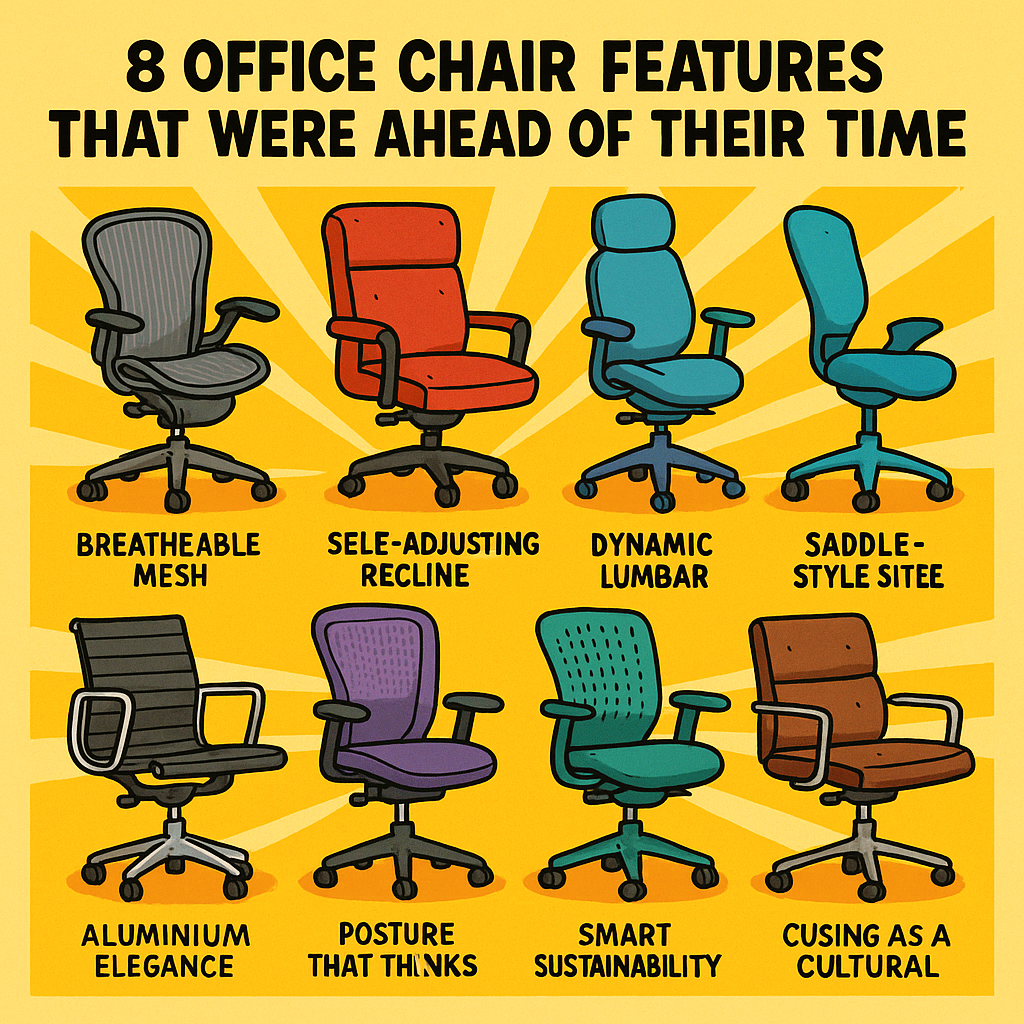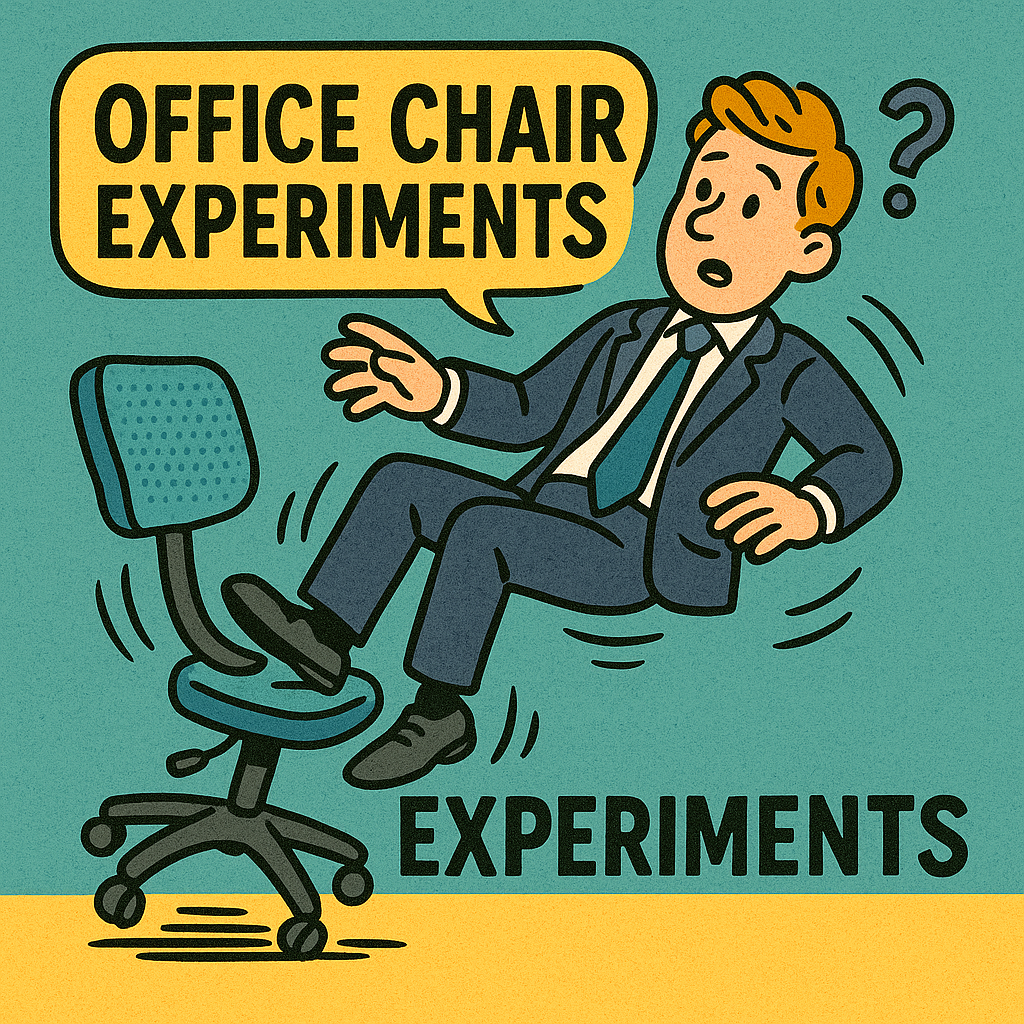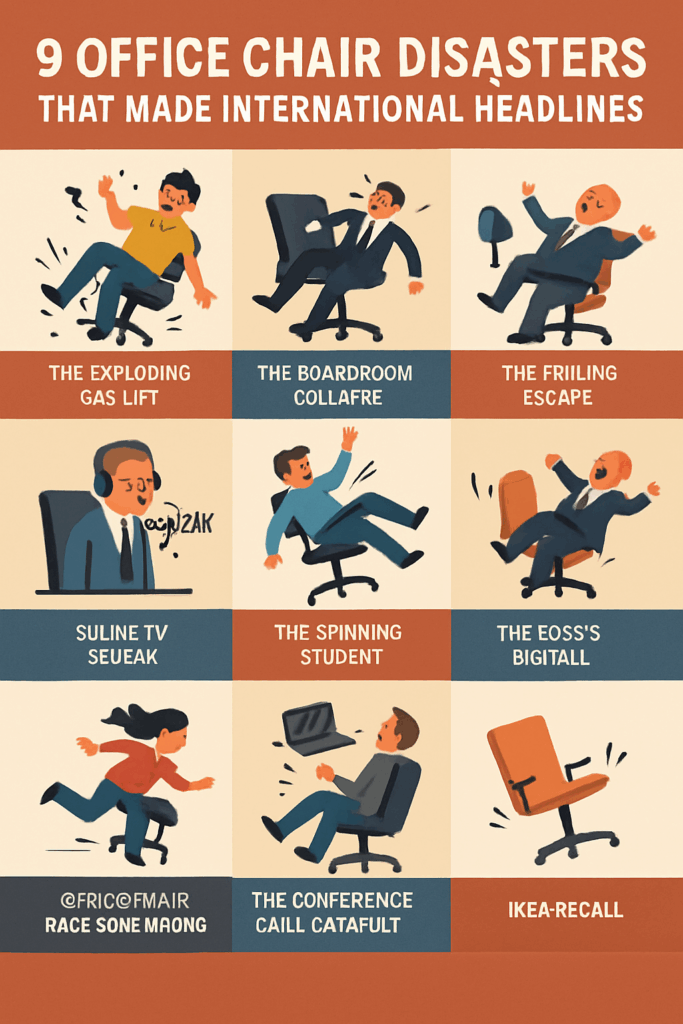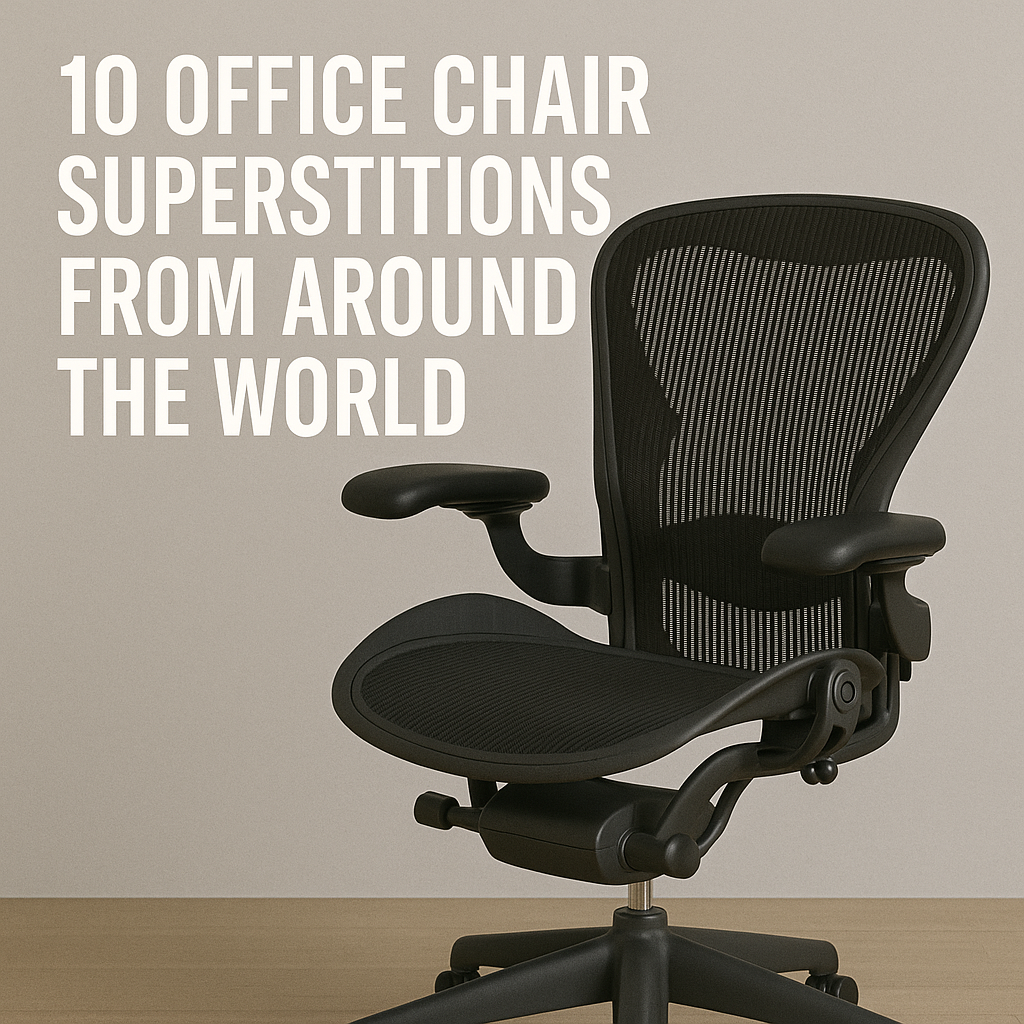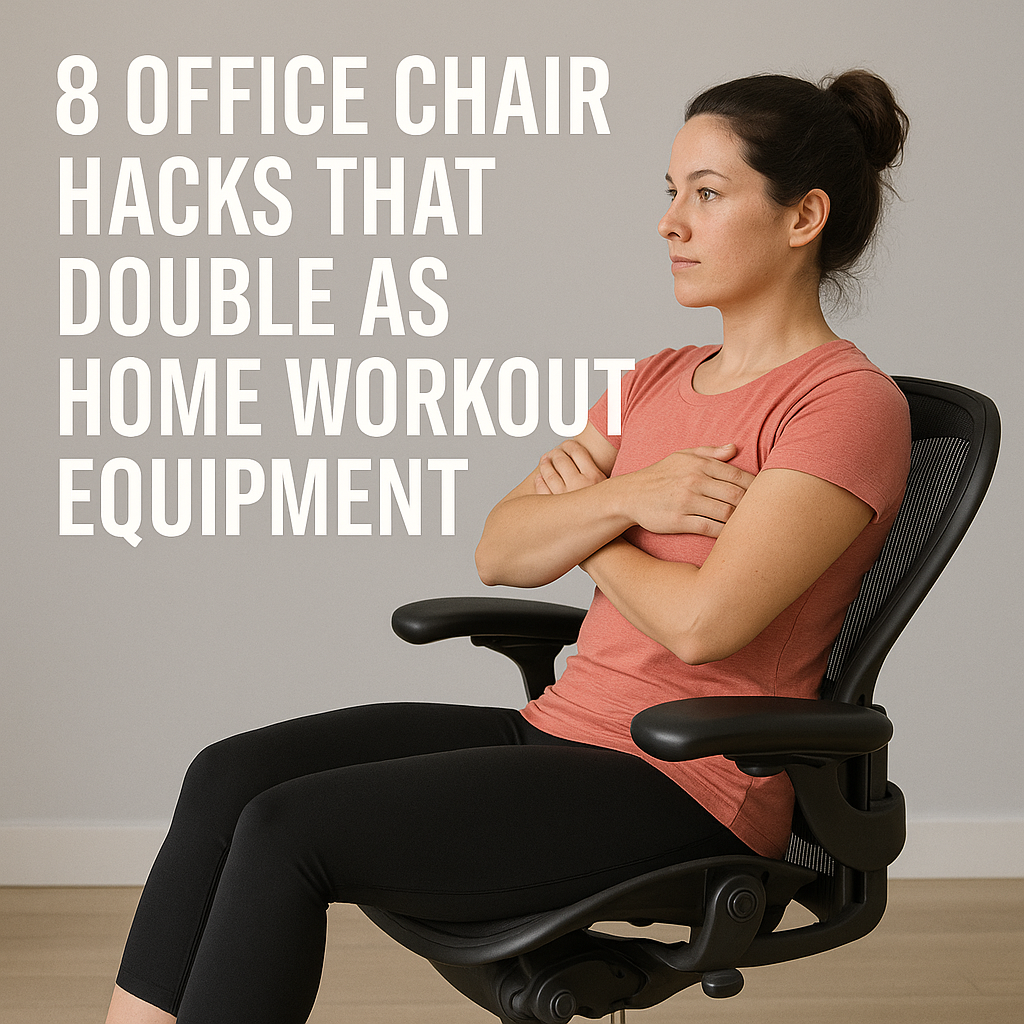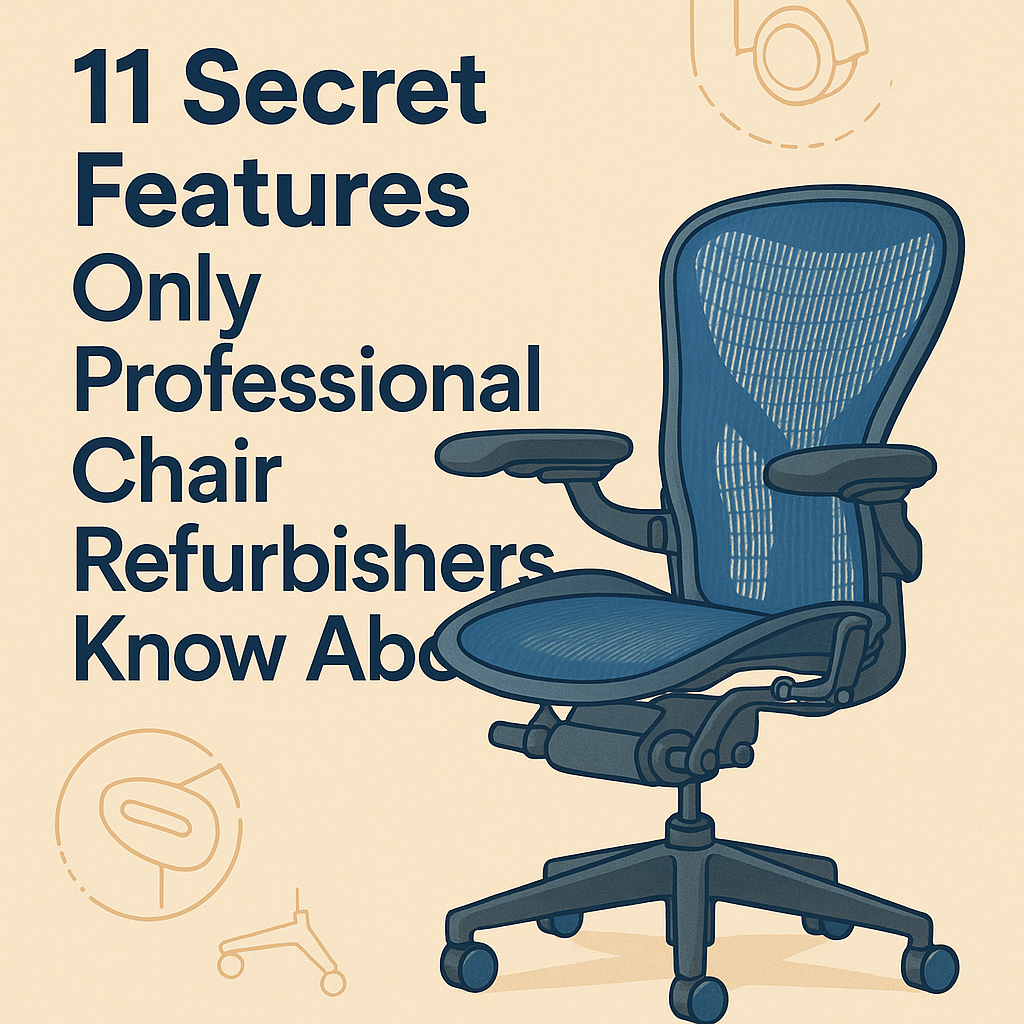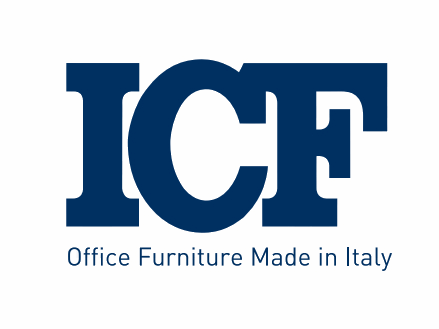Workplace Productivity: 5 Key Differences Between Sitting and Standing
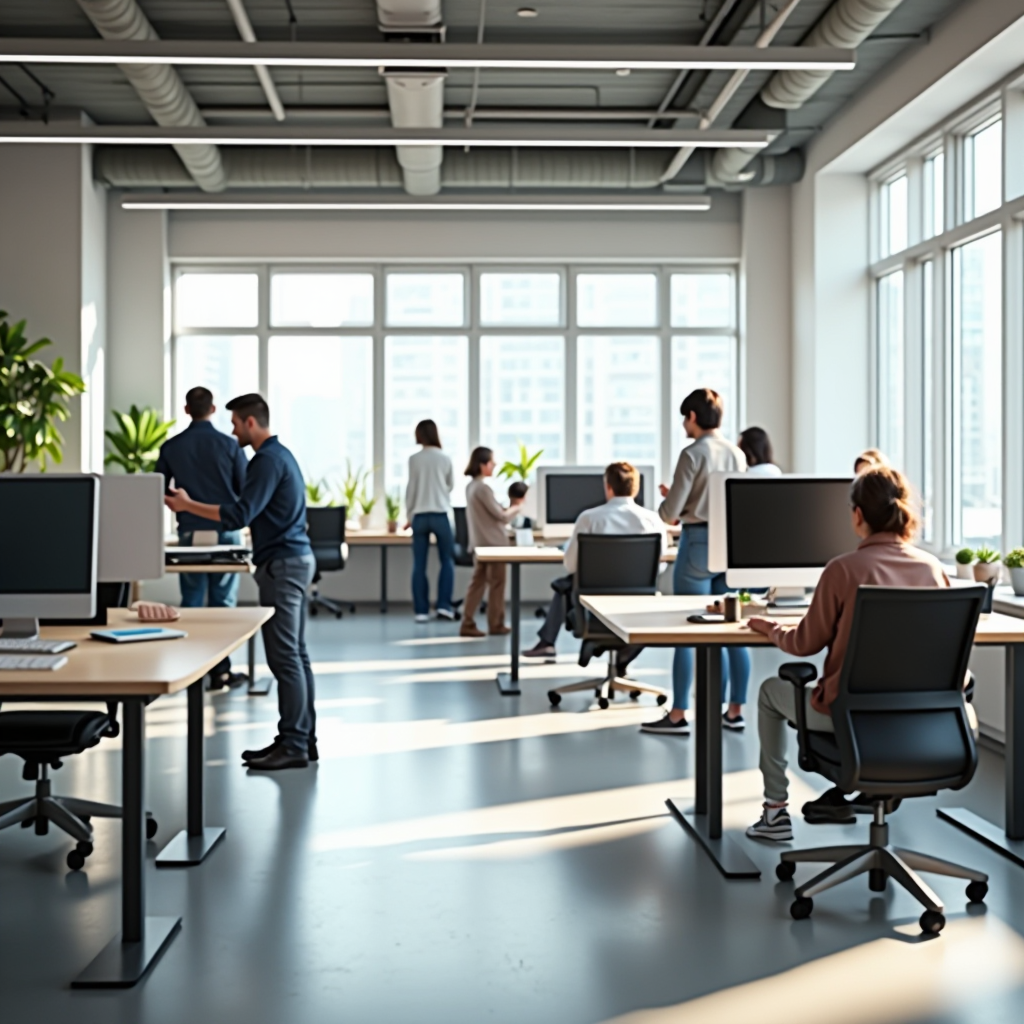
The Impact of Sitting vs. Standing on Workplace Productivity
In the evolving landscape of office design, one debate continues to spark interest among employers and ergonomics experts alike: does sitting or standing improve productivity in the workplace? While both postures have their pros and cons, striking the right balance between the two can significantly influence employee focus, comfort, and overall output.
As more businesses shift toward wellness-focused office setups, understanding how sitting and standing impact performance is essential—not just for health, but also for bottom-line results. With the rise of height-adjustable desks and ergonomic furniture, companies now have more tools than ever to customize workspaces for productivity and well-being.
1. Energy and Alertness
Standing has been shown to increase energy levels and alertness, especially during tasks that require movement or brainstorming. Unlike sitting, standing encourages better circulation, helping reduce feelings of fatigue and lethargy throughout the day.
According to a study by the British Journal of Sports Medicine, standing for part of the workday can improve cognitive performance and reduce sedentary behavior, which has been linked to lower productivity and health risks over time.
2. Focus and Concentration
While standing may boost alertness, sitting still holds the edge for deep concentration tasks like writing, coding, or data analysis. The key is proper ergonomic support—a chair that encourages healthy posture without discomfort or distractions.
Refurbished seating options like the Herman Miller Mirra Classic or Haworth Zody Desk Chair offer ergonomic support designed to enhance comfort over long periods of sitting, keeping the mind focused and engaged.
3. Physical Health and Productivity
Prolonged sitting is linked to health issues such as back pain, obesity, and cardiovascular problems—all of which can hinder long-term productivity. On the other hand, prolonged standing without breaks can cause leg discomfort and fatigue.
The best approach? Alternating between sitting and standing using adjustable furniture like the Herman Miller Nevi Sit-to-Stand Desk. This hybrid model supports dynamic work styles and lets employees adapt their posture based on comfort and task requirements.
4. Workplace Culture and Collaboration
Standing desks often lead to more spontaneous conversations and easier collaboration. Employees who stand are more approachable and tend to interact more frequently with colleagues. This can lead to quicker decision-making and stronger team connections.
For shared workspaces or hot-desking areas, flexible solutions like the Techo Sidiz T50 Task Chair can complement standing desks, offering customizable support for a range of users.
5. Long-Term Sustainability and Cost Efficiency
While investing in sit-stand solutions may seem costly upfront, refurbished ergonomic furniture offers a budget-friendly, eco-conscious alternative. By selecting refurbished chairs and desks, companies reduce landfill waste and support circular economy practices—without sacrificing employee performance or office style.
Check out organizations like The Chartered Institute of Ergonomics & Human Factors (CIEHF) for more insights on creating workspaces that balance well-being with productivity.
Final Thoughts
The evolving nature of modern workspaces demands a more nuanced approach to ergonomics. While the benefits of both sitting and standing have been widely studied, the real advantage lies in providing employees with the autonomy to shift between the two throughout the day. Flexibility is key to maintaining energy levels, minimizing fatigue, and optimizing performance. By empowering teams to control how they work best—whether that’s sitting for deep focus or standing for collaborative sessions—companies foster not just productivity but also well-being and satisfaction.
Refurbished furniture solutions play a vital role in supporting this balance. They offer the same ergonomic quality and durability as new products, but with a significantly smaller environmental footprint and a much lower cost. At Corporate Spec UK, our mission is to make flexible, ergonomic workplaces more accessible by offering high-end, refurbished furniture from trusted brands. From height-adjustable desks like the Herman Miller Nevi Sit-to-Stand to adaptive seating like the Haworth Zody Chair, we help companies align productivity goals with sustainability.
Furthermore, supporting a culture of movement in the office isn’t just a physical concern—it also boosts mental clarity, reduces workplace stress, and contributes to long-term employee retention. When people feel that their health and comfort are taken seriously, they’re more likely to feel engaged and loyal to their organization. Companies that proactively invest in ergonomic solutions—particularly through sustainable channels like refurbished furniture—are also sending a clear message: we value our people and our planet.
In the end, the goal is not to choose sides in the sitting vs. standing debate, but to create a dynamic work environment that supports every task, every personality, and every health need. And that’s a win for employees, employers, and the environment alike.

